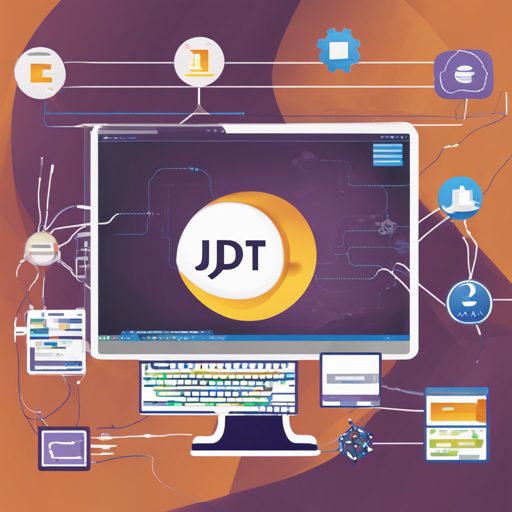The Eclipse JDT Language Server is a powerful tool that provides robust support for Java development by using the Language Server Protocol (LSP). Whether you are a developer looking to enhance your Java experience in your preferred editor or you are curious about how to integrate Java services, this guide will help you navigate through the installation and running process of the Eclipse JDT Language Server.
Features
The Eclipse JDT Language Server comes with a host of features that cater specifically to Java developers:
- Java version support from 1.8 to 22
- Maven and Gradle project support
- Standalone Java files support
- As-you-type error reporting
- Code completion and Javadoc hovers
- Code formatting, snippets, and navigation
Requirements
Before you begin, ensure you have Java version 17 or higher installed on your machine. Set this in the JAVA_HOME environment variable or ensure it’s in your system’s PATH.
Installation Options
You have several ways to install the Eclipse JDT Language Server:
- Download a milestone build from Eclipse Milestones.
- Download a snapshot build from Eclipse Snapshots.
- Use a package manager on Linux (search for jdtls or eclipse.jdt.ls).
- Build from source by cloning the repository and using Maven.
Running the Server from the Command Line
Once you have installed the server, you can run it directly from the command line. Imagine this as stirring a pot of ingredients to create a delicious dish—each argument you give is a unique flavor to the mix:
java -Declipse.application=org.eclipse.jdt.ls.core.id1 -Dosgi.bundles.defaultStartLevel=4 -Declipse.product=org.eclipse.jdt.ls.core.product -Dlog.level=ALL -Xmx1G --add-modules=ALL-SYSTEM --add-opens java.base/java.util=ALL-UNNAMED --add-opens java.base/java.lang=ALL-UNNAMED -jar .plugins/org.eclipse.equinox.launcher_1.5.200.v20180922-1751.jar -configuration .config_linux -data /path/to/dataEach ingredient serves its purpose:
- -configuration: Path to your platform’s configuration directory.
- -data: Unique path for your workspace project.
- -jar: Name of the jar file that you built or downloaded.
Using a Python Wrapper Script
If you prefer a simpler approach, use the Python wrapper script to start the server:
bash .org.eclipse.jdt.ls.product/target/repository/bin/jdtls -configuration ~/.cache/jdtls -data /path/to/dataThis way, you do not have to deal with Java options directly.
Managing Connection Types
The Java Language Server allows for several types of connections. Think of it like different lanes for a racetrack that clients can choose based on their preferences:
- Plain Socket: Simple and direct connection.
- Standard Streams: No extra setup needed, just the basics.
Troubleshooting
If you encounter issues when running the server, consider the following:
- Ensure you have Java 17 or higher properly configured in your environment.
- Check the paths provided during the startup command, making sure they point to the correct directories.
- If issues persist, refer to the community resources available on GitHub Issues.
For more insights, updates, or to collaborate on AI development projects, stay connected with fxis.ai.
Conclusion
With the Eclipse JDT Language Server, you can significantly enhance your Java development experience with minimal effort. At fxis.ai, we believe that such advancements are crucial for the future of AI, as they enable more comprehensive and effective solutions. Our team is continually exploring new methodologies to push the envelope in artificial intelligence, ensuring that our clients benefit from the latest technological innovations.

